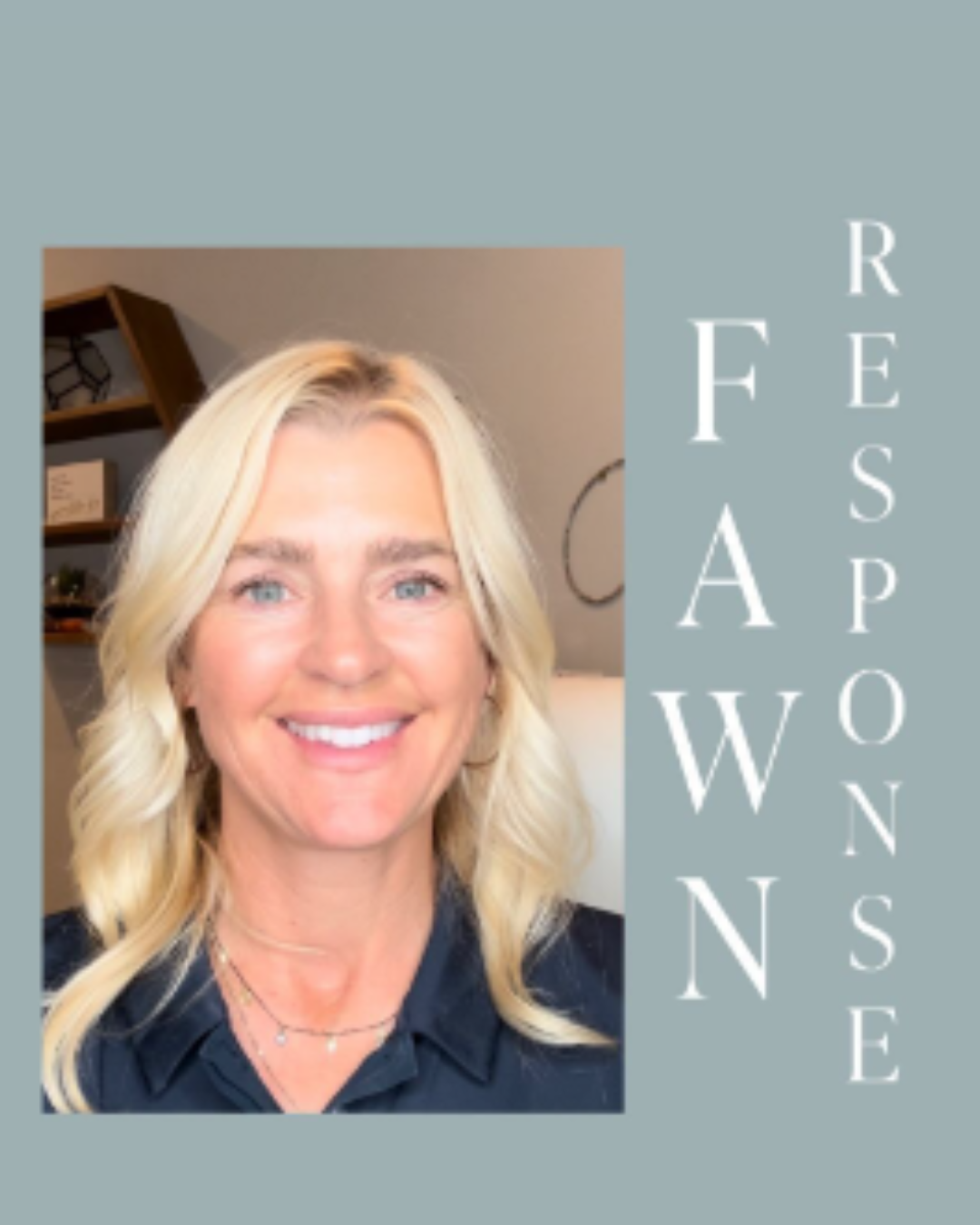Understanding Stress Responses
Fight, Flight, Freeze, or Fawn

In the face of stress or trauma, our bodies instinctively react in ways that are often beyond our rational control. These instinctual responses are commonly known as fight, flight, or freeze. However, there’s a fourth response that’s equally instinctual but less talked about: fawn.
Fight
When we perceive a threat, our bodies may prepare us to stand our ground and confront the danger. This is the fight response. It’s characterized by aggression and a readiness to face the threat head-on.
Flight
Sometimes, the best response to danger is to get as far away from it as possible. This is the flight response. It’s marked by an urge to escape the threatening situation.
Freeze
There are times when neither fighting nor fleeing is an option. In such cases, we might find ourselves immobilized, like a deer caught in headlights. This is the freeze response. It’s a state of hyper-vigilance, where we’re on high alert but unable to take action.
Fawn
The fawn response is perhaps the least understood of the four. When fawning, a person becomes overly accommodating or appeasing in stressful situations. It’s a peacekeeping strategy aimed at avoiding further stress or potential harm.
Recognizing the Responses
Recognizing which of these modes we’re in can be crucial for understanding our reactions to stress or trauma. It’s also important to recognize these responses in others.
If a person is fawning, they may be overly accommodating, trying to keep the peace to avoid further stress. While these terms may oversimplify our body’s complex stress responses, they provide a starting point for understanding our instinctual reactions.
Awareness of these responses can help us navigate stressful situations more effectively. By recognizing our instinctual reactions, we can take steps to manage our stress in healthier ways.
Remember, it’s okay to feel stressed or overwhelmed. It’s a natural response to challenging situations. What’s important is how we handle these feelings and reactions.
Understanding our stress responses – whether it’s fight, flight, freeze, or fawn – is a crucial part of self-awareness and emotional intelligence. By recognizing these responses in ourselves and others, we can better navigate stressful situations and foster healthier relationships.
Remember, it’s not about suppressing these instinctual reactions, but rather understanding them, accepting them, and learning to manage them in a way that serves our well-being.
So, the next time you find yourself in a stressful situation, take a moment to check in with yourself. Are you preparing to fight, planning to flee, frozen in place, or fawning to keep the peace? Recognizing your response is the first step towards managing it effectively.